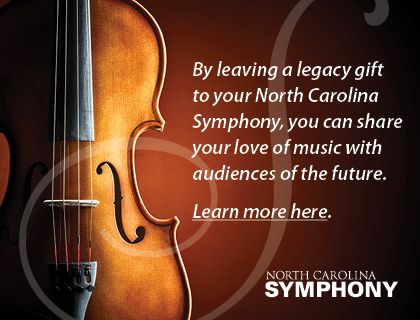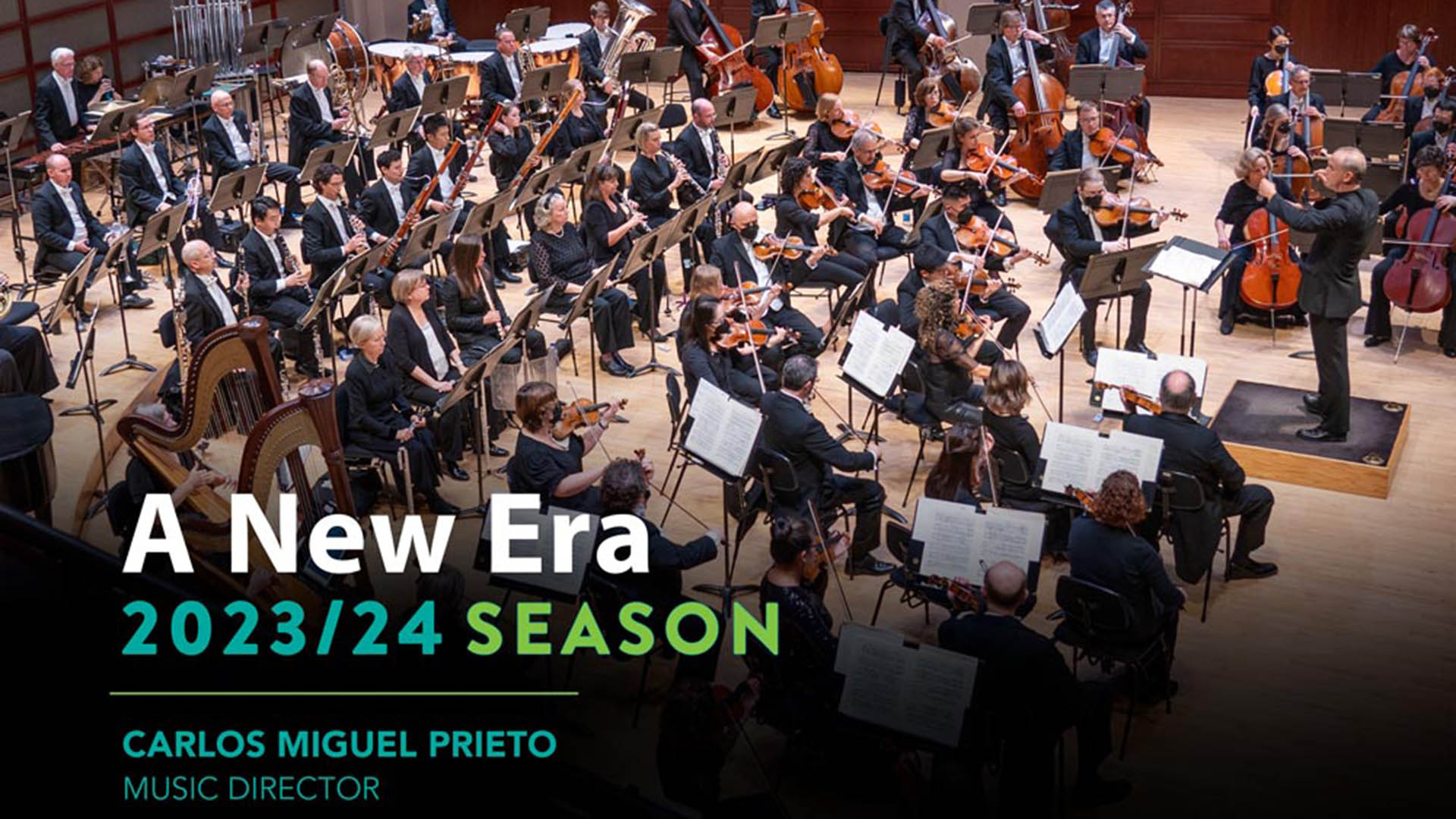Symphony No. 1 in D Major, “Titan”
Gustav Mahler (1860-1911)
THE STORY
Mahler famously asserted that “a symphony must be like the world. It must contain everything.” Indeed, his First Symphony incorporates sounds of the natural world as well as art song, vernacular, folk, and dance music, and was inspired in part by art and literature. Offstage horns and bird calls in the woodwinds evoke the beginning of spring, while lyrical melodies in the first and third movements were taken directly from his orchestral song cycle Songs of a Wayfarer (1885). Musical influences range from Austrian folk dance, in the second movement, to a children’s song in the third movement.
The first version premiered in 1899 as a “symphonic poem in two parts,” which strongly implied extra-musical elements. By 1893, he had named the symphony “Titan,” after a novel by the Romantic writer Jean Paul Richter, and included detailed program notes for each of the five movements. Finally, by 1896, Mahler dropped the title “symphonic poem,” and the symphony assumed the four-movement form that it retains to this day.
LISTEN FOR
- The descending two-note motive that begins the symphony: Mahler originally described this introduction as “the awakening of nature”
- The double bass solo that begins the third movement, based on the tune “Bruder Martin”—also known as the French children’s song “Frère Jacques”
- The menacing march theme of the fourth movement, which at the end of the finale transforms into a regal, victorious proclamation by the brass
INSTRUMENTATION
Three piccolos, four flutes, four oboes, English horn, four clarinets, bass clarinet, two E-flat clarinets, three bassoons, contrabassoon, seven horns, five trumpets, four trombones, tuba, timpani, percussion, harp, strings
Notes on the music by Emily Shyr

